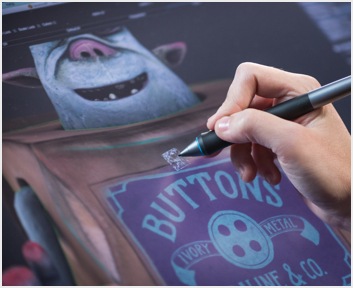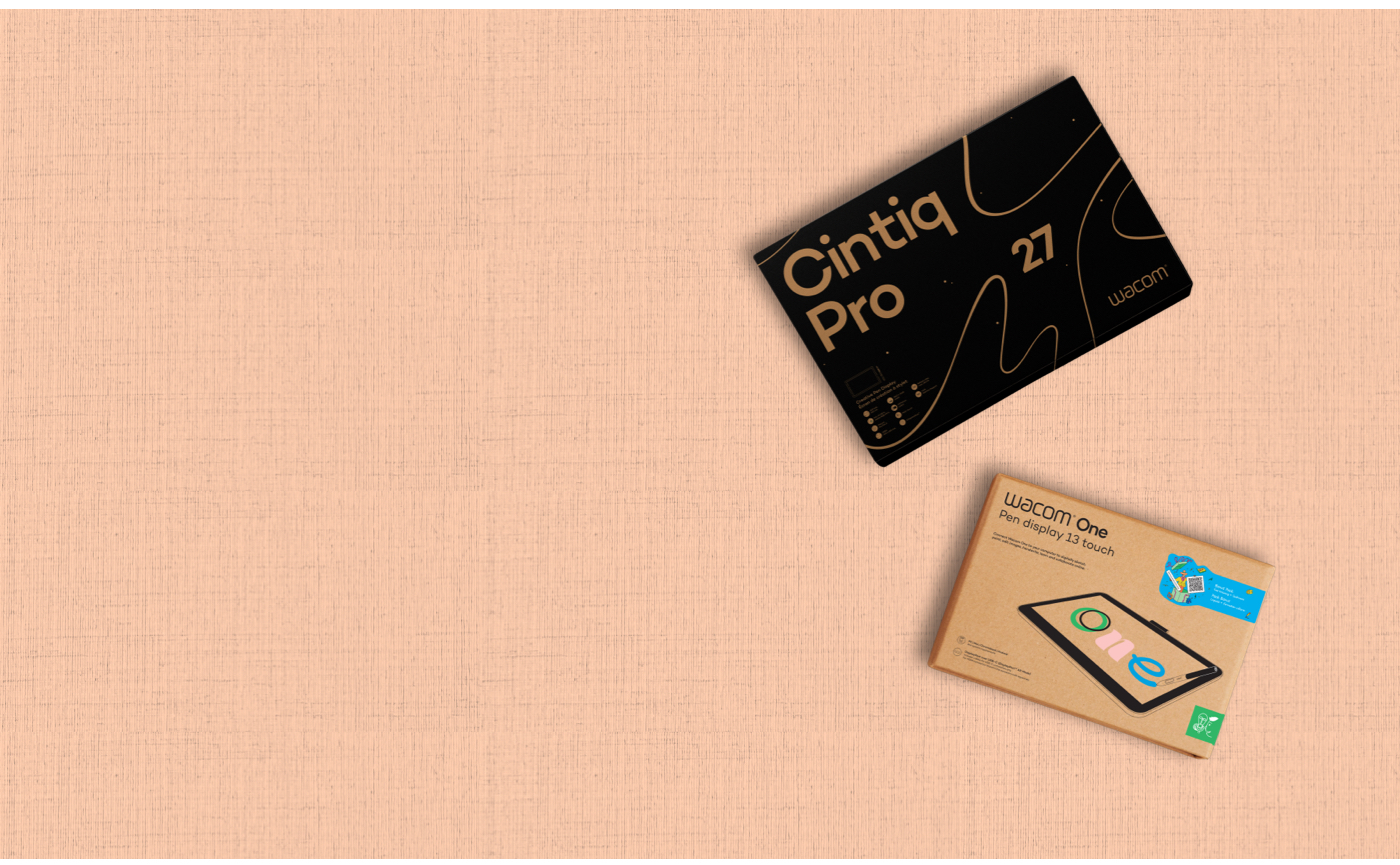Environmental consideration in packaging materials
Wacom uses FSC-certified paper for the cardboard used to package products and for instruction manuals. FSC certification is an international certification system that evaluates and certifies whether forests are being managed appropriately in consideration of the environment and local communities, and certifies that the paper is produced from forests that meet the standards. Wacom hopes to contribute to the prevention of illegal logging and sustainable forest management by actively using FSC-certified paper. Please click here to see the status of our use of FSC-certified paper for packaging materials.
Cotton is used in areas where FSC-certified paper is difficult to apply, for example, for wrapping products to prevent scratches on AC adapters, pens, and pen cases, which is made of plant-derived polylactic acid (PLA)*.
In the same way, we utilize a variety of environmentally friendly materials for packaging materials and try to avoid the use of petroleum-based plastics as much as possible.
For more information on our use of polylactic acid (PLA) and fossil fuel-derived plastics in packaging materials, please click here.
*Polylactic acid (PLA) is a biomass plastic made from starch and sugar derived from plants such as corn and sugarcane, and is said to be decomposed into water and carbon dioxide by the action of microorganisms even when it is disposed of in the soil.


































